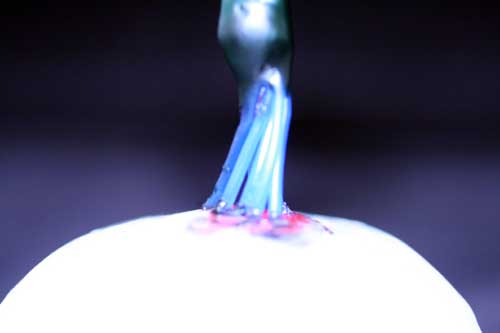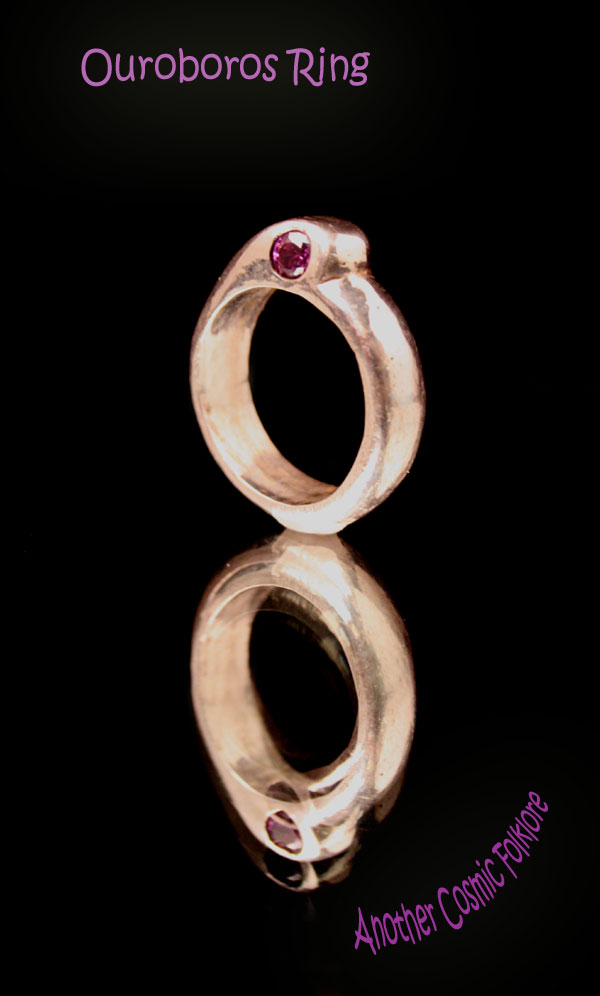Steam has moved mountains, millions of tons of steel, and shaped a nation.
Steam rises from the deep blue, a paved blacktop after a summer rain, and the base of Mt. Kilauea.
Steampunks line up for a Saturday night show, steam is easy, and steam is cheap.
Excuse me for waxing poetic, but I have been thinking a lot about steam lately as I have been using its simple power to push molten metal into investments. At a very young age I used to work with my father as he beat out a living at production jewelry casting. Hundreds of solitaire rings, nugget pendants, and various trinkets idyllic of 80’s gluttony all thrown in circles in centrifugal swing arms. My dad’s wax room, with stacks of pink molds and trays of wax rings. The investment room with large fans, scales, and vibrating table. The kiln room with dragon kilns roaring propane fires and the intermittent twang and rattle of slinging metal. The small metal trees of doodads all stacked up. I spent my elementary years up through high school snapping them damn things off the trees, harvesting jewelry.
Then he moved up to Vacuum investing and then vacuum casting. But, I was thrown into the jewelry biz at 8 years old, so I never thought much about jewelry being an art. It was just making things to hold expensive rocks, symbols of extravagance, rich folks showing off. But, I left jewelry to go find something creative to do with myself, so I majored in art. It was in sculpture class, where we were pouring large bronze cast sculptures and printmaking that I began to think about the artistic value of casting and multiples. Casting can be an art. Even making multiples of something can be an art. However, there is a line that can be crossed, where the jeweler becomes a manufacturer. Even Andy Warhol challenged this by
turning his art into a manufacturing plant. Whereas most artists’ works gain value after the death of the creator, Warhol’s work has taken a drop. He over-produced. Now, you can get a soup can for a couple of hundred.
So, How do I work casting into my work without tainting my authenticity? LOL. Really, I could care less. But, I do know that I don’t like the idea of what I do becoming WORK. I just wanted to sculpt my metalwork with a little more ease in my one-of-a-kind pieces. So, I didn’t want to sink thousands into a casting set-up. Besides, the Egyptians, Aztecs, and various other ancient cultures were casting with excellent results without having the benefits of big costly equipment. There had to be a process that waxes simple and cheap. Steam. Don Norris’s web tutorial on steam is fantastic, along with this great video. But, here I wanted to add a few things that I found helpful.
The great part of casting is that you can carve into wax what you want rendered in metal. So, you will want to start by carving your pattern in wax, plastic, or even wood. Then you will want to connect that to a base, so that you can put that in a tube or can to pour the investment around the work. With steam,
you want a crucible shaped indention to melt the metal directly into the investment, and you want small 18 gauge holes into the mold so the metal won’t prematurely seep down into the mold.
I melted some candle wax into glass bowls. When the wax cools, you can easily slip it out and use that as a base for connecting your pattern to.


Then I used a series of 18 gauge wax wire to attach the pattern to the base. This is tedious, but very important. You want these sprues to be far enough apart so that the investment pours in around the wires, but you don’t want the wires to be too flimsy, so that the pattern detaches when you pour. Also, I have found that the candle wax is very slick and hard to connect to the casting wax, so I smeared a little of the casting wax onto the top of the wax hump. This makes it easier to connect the wires.

I probably could have separated the wires out a little more on this one, but it
turned out just fine.

Also, I have found that connecting the ring directly with the wire is not a good idea. The metal needs a big hunk of melted metal at the beginning of the cast to have a pool to pull from while the hot wax contracts as it cools. Using a small section of wax between the wire sprues to the pattern is essential, especially since the button will be so far away and connected with only small wires of metal.
I also use tin cans as my flask, and on this one I used a Coleman camp stove and flower pot as my kiln. But, now I use a new front loader Paragon kiln. But, I still just burn out by driving the temp up directly without stepping. So far, no problems. The newer formulas of investment are designed to
handle the thermal shock better than the old days. Or, maybe someone just made up the whole idea of ramping up the temperature. Also, I have found that I don’t get porosity problems. The casted work comes out as dense as a centrifugal casted piece. (Knock on wood)

Anyways, check out the website and video. Read as much as you can before starting something like this. The coolest part is that the whole process could be done while camping out in the wild, because there is no need for electricity, just a source for gas and oxygen. Plus, Don Norris has done a great job of explaining everything in simple, funny, and easy to understand terms.
I can now carve out a wax pattern for my work, invest and pour within a 24 hour period. And, I still have a one-of-a-kind work. Kuddos to steam!!!
Latest posts by michaeljohnson (see all)
- On Cosmic Success… - July 28, 2013
- Why Flowers? - February 28, 2013
- Comet and Cosmic Dust - January 28, 2013
